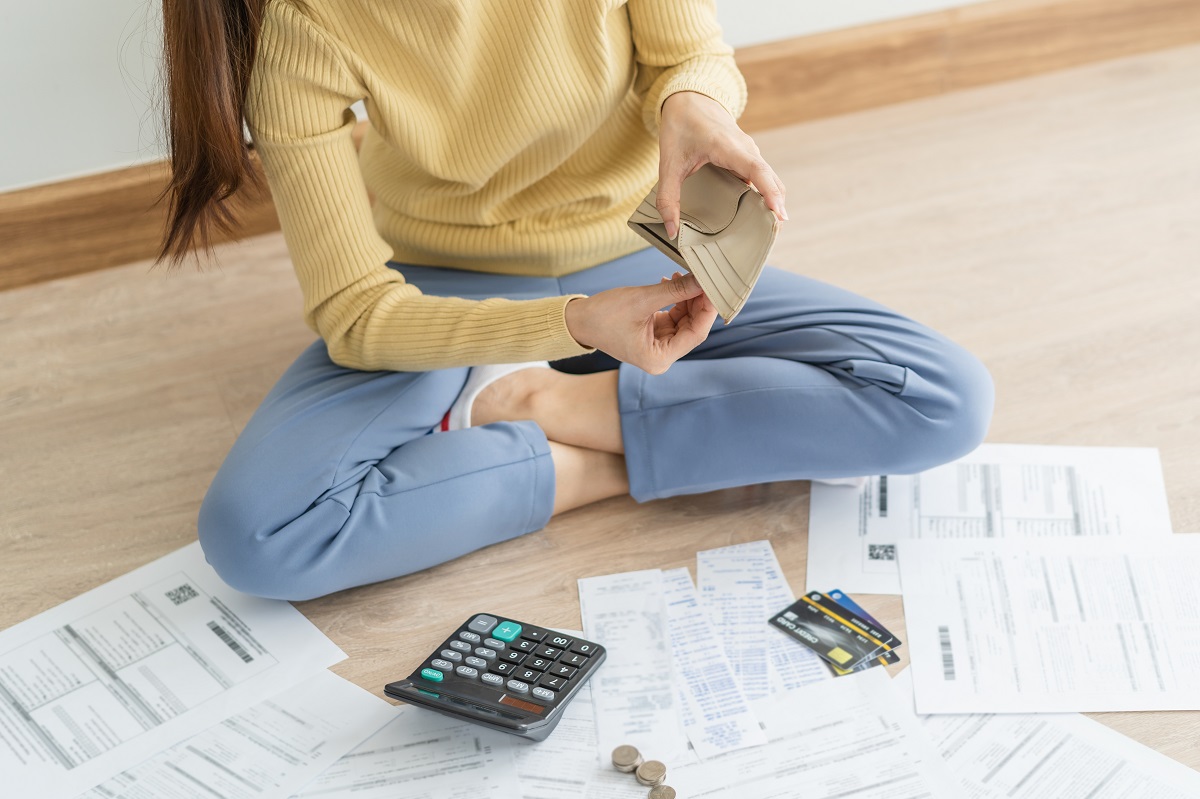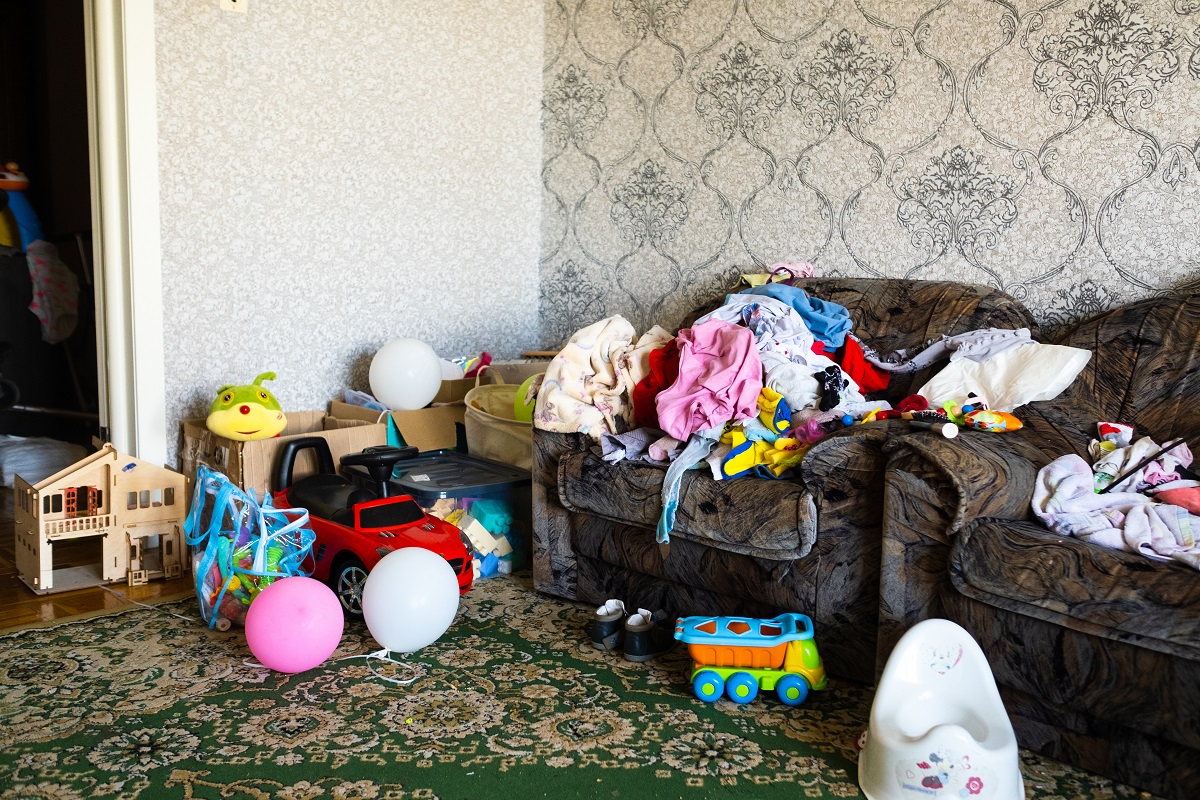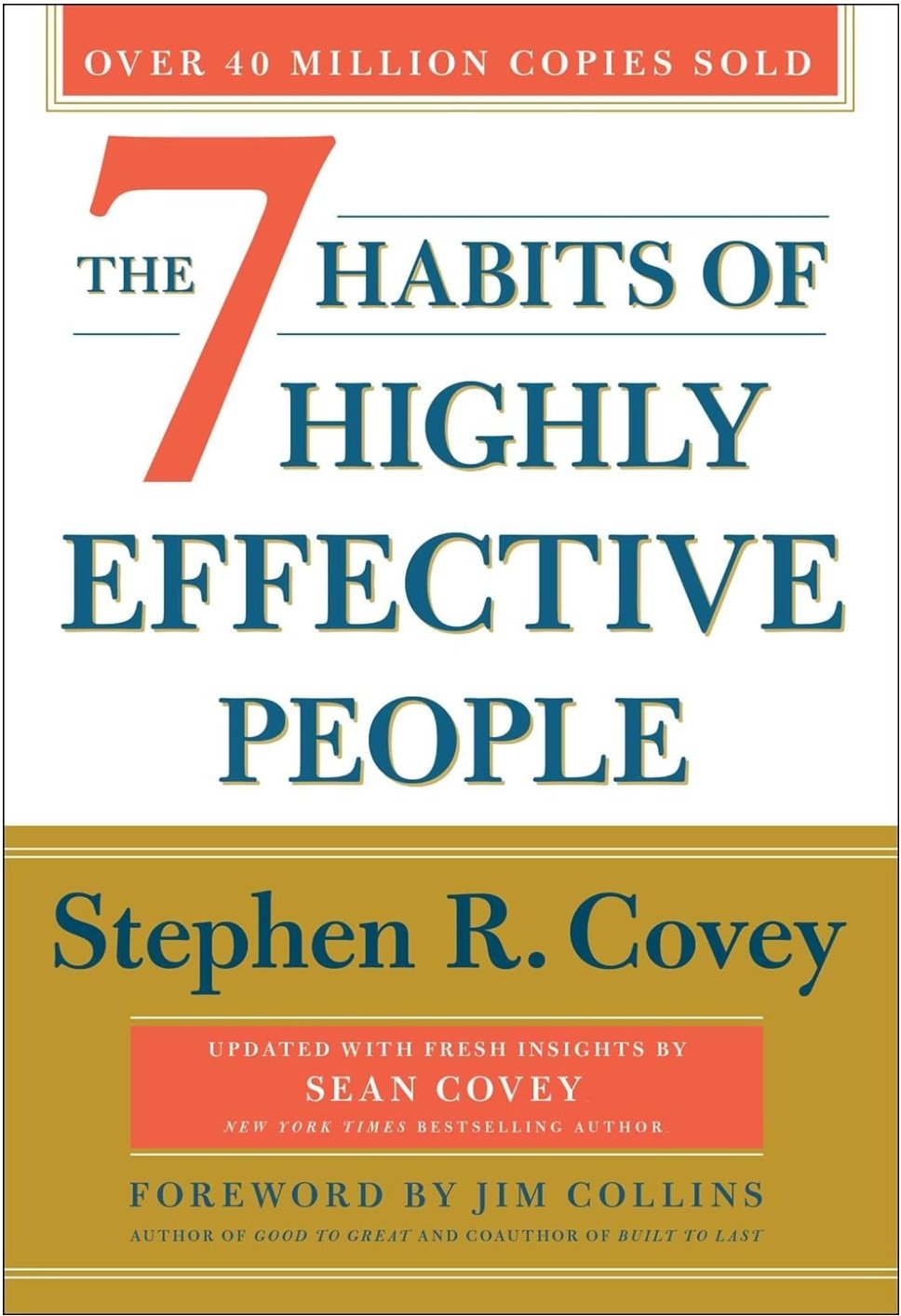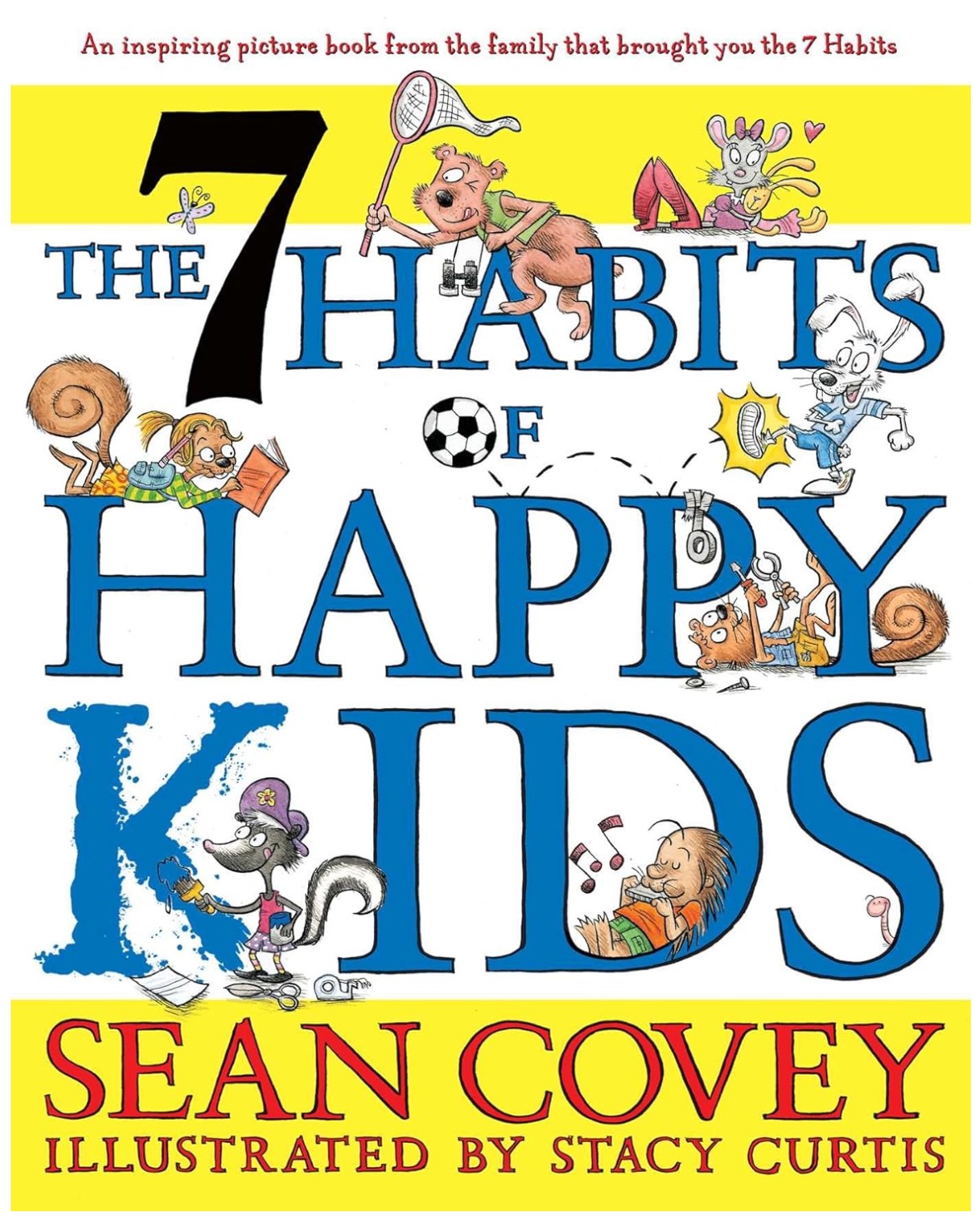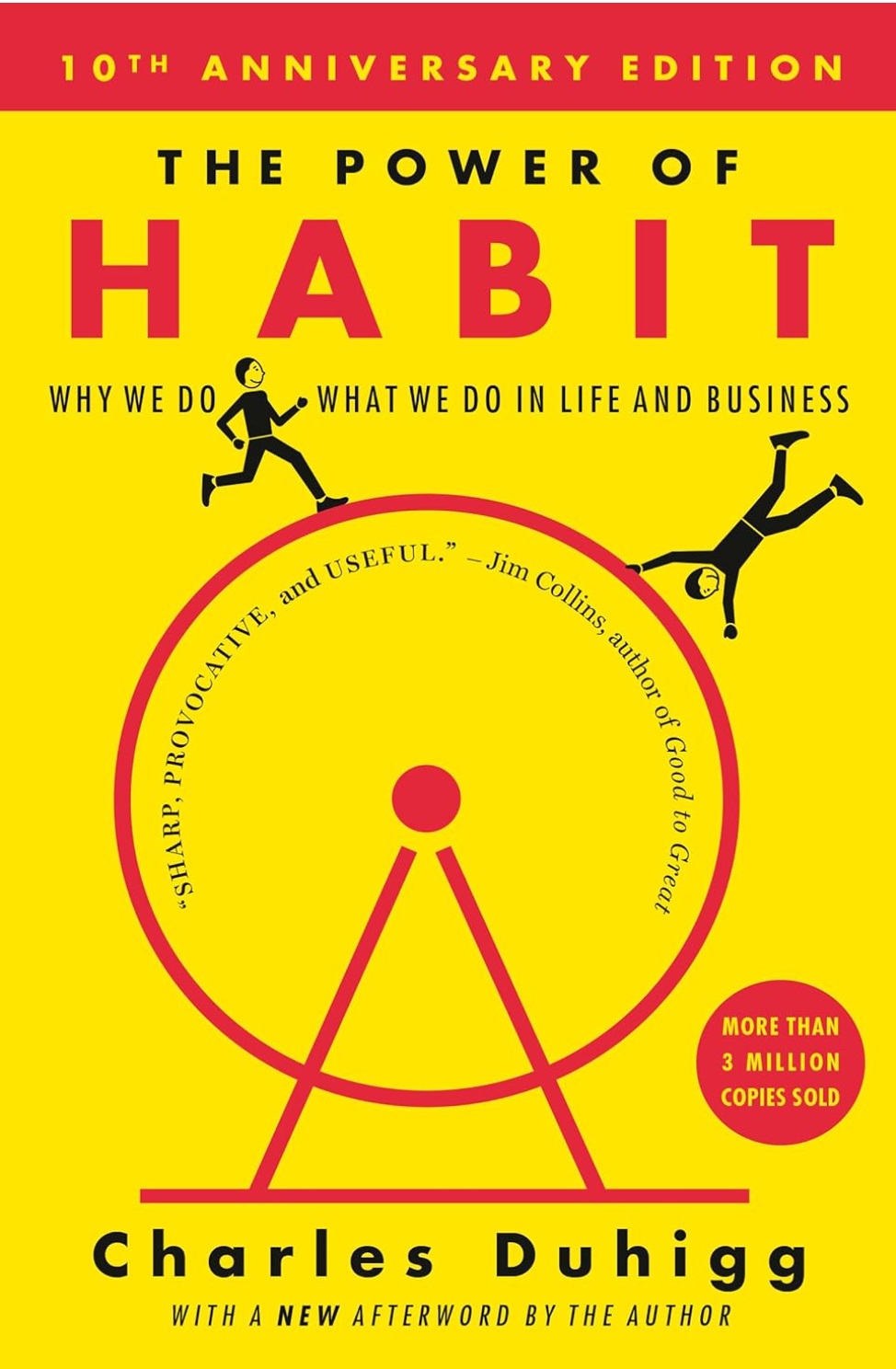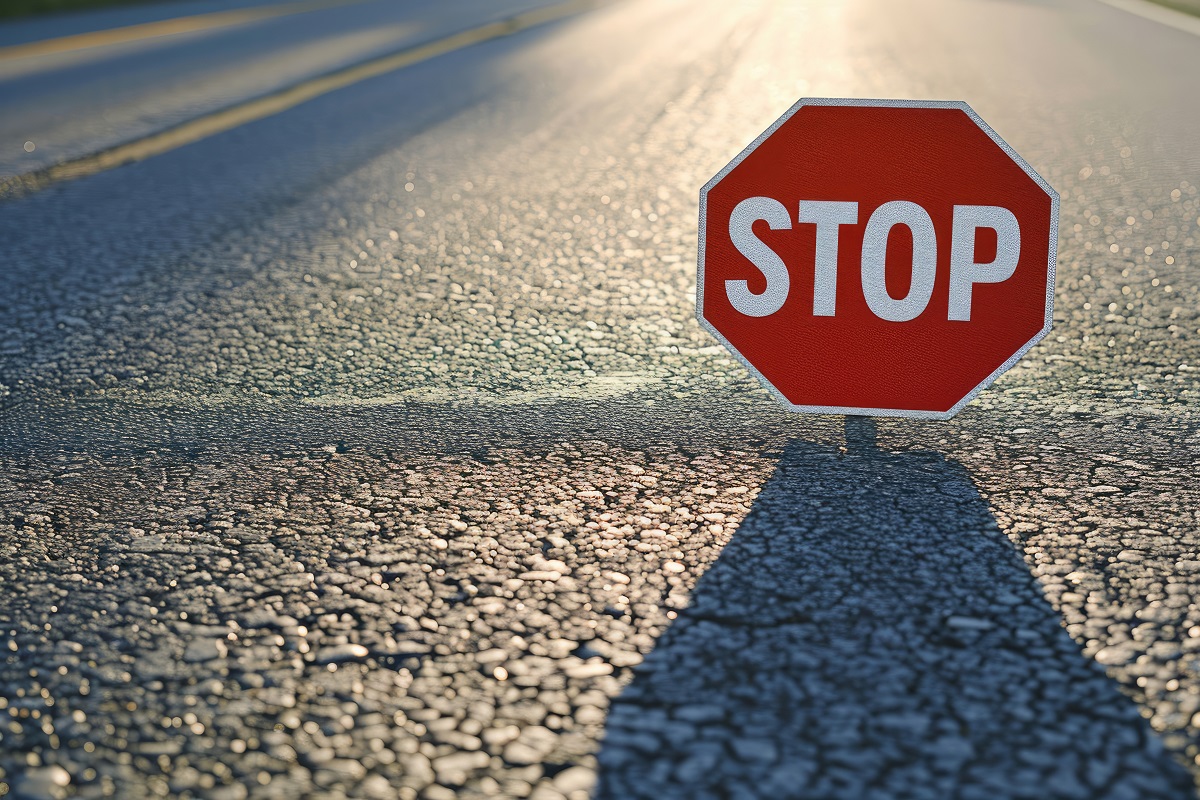- KEY POINTS
- Simplify your home with daily decluttering tasks for long-term tidiness and mental clarity.
- Focus on high-impact areas first, followed by personal spaces, sentimental items, and digital decluttering.
- Adopt daily decluttering routines and seasonal check-ins to prevent clutter from returning.
Clutter has a sneaky way of building up. One day, your space feels manageable—maybe even calm. The next, every shelf is full, the kitchen counters are buried under appliances, and that chair in the corner has become a second wardrobe.
I know the feeling well.
For years, I told myself, “I’ll get to it this weekend.” But weekends came and went, and the clutter stayed put. Life gets busy. Decluttering feels like a project you can always push to tomorrow.
The truth is, a cluttered home isn’t just about the physical mess. It clutters the mind. It affects how we feel—sometimes without us even realizing it.
When I finally started to declutter intentionally, I noticed the shift immediately. My home felt lighter. I felt calmer.
Decluttering isn’t about creating a picture-perfect house. It’s about creating space for peace and clarity.
If you’re here, you’re ready to make that change.
This guide will take you through every aspect of decluttering—breaking it down into manageable, practical steps. I’ll draw from personal experiences, lessons I’ve learned, and blog posts I’ve written that dive even deeper into specific areas of your home and life.
Let’s start this journey together—one small step at a time.
Table of Contents
ToggleStart with Simple Daily Habits
One of the biggest mistakes people make when approaching decluttering is thinking it has to happen all at once. But honestly? That approach can lead to burnout before you even start.
I used to believe that if I couldn’t dedicate an entire weekend to decluttering, there was no point in starting. I learned that the key isn’t how much you do—it’s consistency.
This realization led me to write 10-Minute Daily Decluttering Habits for a Tidy Home. The idea is simple:
- Set a timer for 10 minutes.
- Focus on one area—like a kitchen drawer or your bedside table.
- Declutter as much as you can before the timer goes off.
It sounds too easy to be effective, but trust me—those 10-minute bursts add up.
I started doing this every evening before bed. In just a week, I had cleared out junk drawers, reorganized my bathroom, and made noticeable progress in the living room. I didn’t feel overwhelmed because the effort was small and manageable.
If you’ve been avoiding decluttering because it feels like a mountain to climb, start here. Ten minutes today can change your home in a week.
Decluttering in One Weekend
Sometimes, you need faster results. Maybe family is visiting, or you’re hosting an event. There are times when you just want to hit “reset” and feel the weight of clutter lift over a weekend.
I created Easy Guide to Declutter Your Home in One Weekend for exactly that reason. It’s a deep dive into how to tackle decluttering quickly without losing your mind.
Here’s the trick: Start with high-traffic areas. These are the spaces that will make the biggest difference right away.
Focus areas for a weekend declutter:
- Living room: Clear surfaces, reduce decor, and simplify bookshelves.
- Kitchen: Tidy the counters, toss expired items, and organize utensils.
- Bathroom: Clear out unused toiletries, organize under the sink, and toss old towels.
I once tackled my entire living room in two hours. I focused on clearing the coffee table, purging outdated magazines, and removing decor I no longer loved. The space felt new—without me even touching the furniture.
By the end of the weekend, I had a lighter, more organized home, and the mental shift was noticeable.
Letting Go of Sentimental Clutter
Here’s the hard part—letting go of the sentimental stuff.
It’s easy to donate an old sweater or toss expired spices, but sentimental clutter? That’s a whole different challenge.
I held onto old birthday cards, gifts I didn’t use, and souvenirs from vacations I barely remembered. Each time I tried to declutter, I’d convince myself those items needed to stay.
I know I’m not alone in this, which is why I wrote A Simple Way to Let Go of Sentimental Clutter. It walks through how to part with sentimental items without guilt.
My go-to method:
- Choose one box for sentimental items.
- Keep only the things that genuinely bring joy or hold deep meaning.
- If it doesn’t fit in the box, I reconsider if I truly need to keep it.
The key? Preserve the memory, not the item. I started taking photos of sentimental items before donating them. I kept the memory while freeing up space.
Reflection: What sentimental item are you holding onto that no longer serves you?
Decluttering the Mind
Decluttering isn’t just physical—it’s mental too.
I found that when my home was cluttered, so was my mind. But even as my home became tidier, I noticed lingering mental clutter. I’d overthink small decisions or feel weighed down by to-do lists.
That’s why I wrote Declutter Your Mind for Inner Peace and Focus. It’s all about pairing physical decluttering with mental clarity practices.
How I declutter my mind:
- Brain dump once a week—write down every thought swirling around.
- Prioritize tasks by urgency and importance.
- Practice mindfulness during physical decluttering to reduce overthinking.
Decluttering isn’t just about the objects around you. It’s about creating space in your mind to feel more present and less anxious.
Decluttering Specific Areas: Tackling Room by Room
Once I had daily habits in place and decluttered my space in quick bursts, I realized that certain areas needed deeper attention. Some parts of the home seem to attract clutter more than others—closets overflowing with clothes, junk drawers packed with odds and ends, and storage areas filled with items I hadn’t touched in years.
That’s when I shifted focus to room-by-room decluttering. Taking one space at a time felt manageable, and by the end of each session, I could see visible progress.
I documented this approach in Room-by-Room Guide to Decluttering Your Home. If you like structure and clear direction, that post is a great roadmap.
The Kitchen: Where Clutter Hides in Plain Sight
The kitchen is the heart of the home—and one of the easiest spaces to let clutter pile up. Between appliances, gadgets, and duplicate utensils, my kitchen once felt more like a storage space than a functional area.
Here’s what worked for me:
Clear the counters.
Start with the surface. I removed everything that didn’t need to be out—old cookbooks, appliances I rarely used, and random decor that felt out of place. Keeping the counters clear made a huge visual impact.Purge duplicate items.
How many spatulas does one person need? I had three and only ever used one. Same with measuring cups and mixing bowls. I kept one of each and donated the rest.Tackle the pantry.
Expired spices, sauces I never used, and random snacks that no one liked were the first to go. The pantry felt lighter, and I could actually see what I had.
Reflective question: What’s one thing on your kitchen counter that doesn’t belong there?
The Closet: Where Clothes Go to Be Forgotten
Closets can be overwhelming. I used to keep clothes “just in case” they’d come back in style or fit one day. The truth? Most of it sat untouched for years.
In 5 Questions to Simplify Decluttering Decisions, I share how to make faster decisions when decluttering clothes and personal items.
These questions changed the game for me:
- Have I worn this in the past year?
- Would I buy this again today?
- Does this actually fit me right now?
- Do I feel good wearing it?
- Would I rather have the space than this item?
If I answered “no” to any of those, the item went in the donation pile.
I also follow the one-in, one-out rule. For every new item I bring in, one old item goes out. This keeps my closet from getting out of control.
Reflective question: Is there one item in your closet you haven’t worn in over a year?
The Bathroom: A Space for Essentials Only
Bathrooms collect clutter quickly—half-used products, expired medications, and random items that sit in drawers for months.
In my post 10-Minute Daily Decluttering Habits for a Tidy Home, I talk about how bathrooms are perfect for quick decluttering sessions.
Here’s how I approach it:
Clear the sink area.
I keep only the essentials—hand soap, toothbrush, and lotion. Everything else is stored out of sight.Purge expired products.
Skincare, makeup, and medications expire faster than you think. I go through these every three months and toss anything that’s past its date.Simplify storage.
I invested in small bins to keep under-sink storage organized. One for hair products, another for daily essentials, and a third for backstock items.
Reflective question: Is there one expired item in your bathroom that can go today?
Sentimental Spaces: Letting Go with Intention
Sentimental clutter was the hardest for me. I struggled to let go of things that felt tied to memories—gifts, family heirlooms, and vacation keepsakes.
I finally found peace with this in A Simple Way to Let Go of Sentimental Clutter. The key? Keep the essence of the memory, not the object itself.
Here’s what helped:
- Take photos. Before donating old concert tickets or children’s artwork, I take a photo. This way, the memory stays, but the physical item doesn’t take up space.
- Create a memory box. I allow myself one box for sentimental items. If it doesn’t fit, I reconsider keeping it.
- Pass it on. Some sentimental items can bring joy to others. I’ve given away family heirlooms to relatives who will appreciate them more.
Reflective question: What sentimental item are you holding onto that you could photograph and donate?
The Power of Seasonal Decluttering
Decluttering once is great. But maintaining that clutter-free feeling requires seasonal check-ins.
I make it a habit to declutter at the start of each season. It’s part of my reset ritual—packing away off-season clothes, clearing holiday decor, and refreshing my home.
I wrote 30-Day Decluttering Challenge for a Tidy Home to walk readers through a structured, month-long decluttering process. But even if you don’t follow the full 30 days, seasonal purges keep things manageable.
Reflective question: What area of your home feels “overfull” this season?
Building Long-Term Systems
Decluttering isn’t just a one-time project. It’s an ongoing process.
I used to think once I decluttered a room, that was it—done forever. But over time, life happens. New purchases sneak in. Random gifts accumulate. Before I knew it, clutter was slowly creeping back.
I realized that staying decluttered requires long-term habits—ones that keep the mess from building up in the first place.
That’s why I created 30-Day Decluttering Challenge for a Tidy Home. It’s not just about doing one big sweep and calling it quits. It’s about learning how to sustain the effort so you don’t find yourself starting from scratch every few months.
Here’s how I keep my home clutter-free year-round.
The “One-In, One-Out” Rule
This is one of the simplest but most effective habits I’ve adopted.
For every new item I bring into the house, one old item has to go.
If I buy a new sweater, an old one gets donated. A new book? I pass one on to a friend or local library.
It’s a simple system, but it prevents accumulation. Nothing piles up because the total number of possessions stays roughly the same.
I learned the hard way that if I keep accumulating without letting go, my home fills up faster than I realize.
Reflective question: Could you commit to “one-in, one-out” for the next month?
Create a Donation Station
Decluttering becomes easier when you make it automatic.
I keep a small box in my closet labeled “Donate.” Whenever I try on clothes that no longer fit or find items I no longer love, they go straight into the box.
When the box is full, I take it to a donation center. Simple.
This habit reduces decision fatigue. Instead of setting aside time for a big decluttering session, I let it happen naturally, one item at a time.
Reflective exercise: Place a small donation box somewhere in your home today. Fill it as you go.
The 10-Minute Reset
I still rely heavily on the 10-minute decluttering habit I wrote about in 10-Minute Daily Decluttering Habits for a Tidy Home.
Each night before bed, I set a timer for 10 minutes and tidy one small area. Maybe it’s the kitchen counter or the entryway. I put things back where they belong, toss out unnecessary items, and organize surfaces.
It’s fast, simple, and prevents clutter from snowballing.
Reflective question: What area of your home could you reset in 10 minutes tonight?
Seasonal Decluttering Check-Ins
At the start of every season, I do a mini-decluttering session. It’s not as intense as a full decluttering overhaul, but it keeps things manageable.
I’ll swap out seasonal clothes, pack away holiday decor, and toss anything that’s outlived its purpose.
Seasonal decluttering keeps my home in constant rotation—never too full, never too empty.
I dive deeper into this practice in Simple Minimalism and How to Declutter Without Going Extreme.
Reflective question: Could you schedule a seasonal decluttering day to refresh your space?
Decluttering the Mind: The Overlooked Step
One of the most surprising things I learned was how closely mental clutter is tied to physical clutter.
When my home feels chaotic, so does my mind. But even after decluttering my home, my thoughts sometimes felt messy and overwhelming.
I talk about this in Declutter Your Mind for Inner Peace and Focus.
Here’s what works for me:
- Brain dumps: Once a week, I sit down and write everything on my mind—work tasks, personal worries, and random to-dos. It clears mental space.
- Prioritization: After the brain dump, I list the top 3 things to focus on. It helps me avoid feeling pulled in too many directions.
- Meditative decluttering: When I’m physically decluttering, I focus only on that task. No podcasts, no multitasking—just me, the clutter, and the decision to let things go.
Reflective question: Could decluttering your space lead to mental clarity this week?
Tackling “Invisible Clutter”
Not all clutter is physical.
For years, I ignored digital clutter—emails, photos, documents—because it didn’t take up physical space. But the mess in my inbox caused just as much mental stress as a messy room.
I set aside 30 minutes every few weeks to clear digital clutter:
- Delete unnecessary emails.
- Organize digital files into folders.
- Unsubscribe from newsletters I no longer read.
I talk more about this in Declutter Your Mind for Inner Peace and Focus, where I break down how to simplify not just your home, but your digital life.
Reflective question: Could you set aside 10 minutes this week to declutter your inbox or phone?
Celebrate Progress, Not Perfection
Decluttering isn’t about achieving a perfect, minimalistic home.
It’s about creating a space that feels right for you—one that supports your life, not weighs it down.
I used to get caught up in the idea of creating Pinterest-perfect rooms, but I learned that it’s not about aesthetics. It’s about functionality and peace of mind.
Even if you only declutter one drawer, celebrate it. Progress matters more than perfection.
I dive into this idea further in 20 Things to Declutter Today for Instant Calm, where I focus on small wins that add up over time.
Reflective question: What small decluttering win can you celebrate today?
Conclusion
Decluttering doesn’t happen overnight. But each step you take—no matter how small—brings you closer to a calmer, more organized home.
Remember, this isn’t about stripping everything away. It’s about keeping what serves you and letting go of what doesn’t.
Whether you follow the 30-Day Decluttering Challenge for a Tidy Home or take small daily steps, trust the process.
Your home—and mind—will thank you.
References
Blog Post References
- 10-Minute Daily Decluttering Habits for a Tidy Home
- Easy Guide to Declutter Your Home in One Weekend
- A Simple Way to Let Go of Sentimental Clutter
- Declutter Your Mind for Inner Peace and Focus
- 20 Things to Declutter Today for Instant Calm
- Simple Minimalism and How to Declutter Without Going Extreme
- Room-by-Room Guide to Decluttering Your Home
- 5 Questions to Simplify Decluttering Decisions
- 30-Day Decluttering Challenge for a Tidy Home
External References
- Simple Decluttering Strategies to Maintain a Tidy Home
- 10 Decluttering Tips to Simplify Your Life
- The Spruce 30-Day Decluttering Calendar
- Real Simple Declutter Your Home in 30 Days
- How to Declutter Your Home in 15 Minutes a Day
- 5-Minute Decluttering Habits for a Cleaner Home
- Becoming Minimalist 30-Day Decluttering Challenge
- Good Housekeeping 30-Day Home Decluttering Plan
- The One-Minute Rule to Keep Clutter Away
- How to Create a Decluttering Routine That Works


